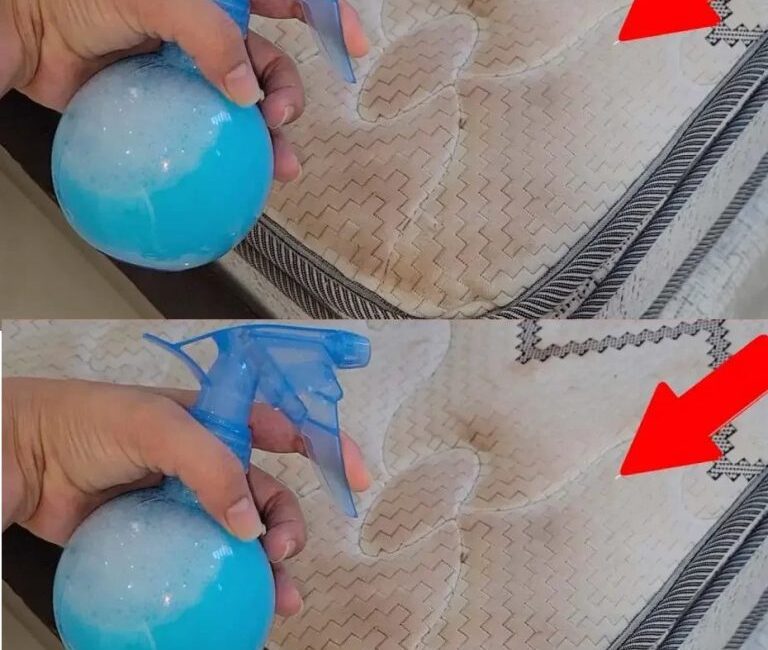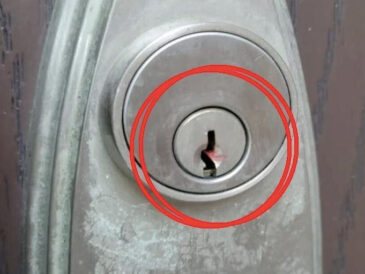When it comes to maintaining a clean and healthy home, one of the most overlooked items is the mattress. While we spend an average of a third of our lives sleeping, we often forget that our mattresses can harbor dust mites, mould, and unpleasant odours. This comprehensive guide will discuss the importance of mattress cleanliness, the causes of dirt and mould, effective cleaning techniques, and tips for maintaining a fresh sleeping environment.
Why Clean Your Mattresses?
1. Health Benefits
A clean mattress can significantly improve your health. Dust mites, mould, and other allergens can accumulate in mattresses, leading to respiratory issues, allergies, and skin irritations. Regular cleaning helps to eliminate these potential health hazards, ensuring a better night’s sleep.
2. Enhanced Sleep Quality
A fresh and clean mattress contributes to enhanced sleep quality. Removing dirt and odours from your mattress can create a more comfortable sleeping environment, enabling you to fall asleep faster and enjoy deeper sleep.
3. Prolonging Mattress Life
Regular cleaning and maintenance can extend the lifespan of your mattress. Just as you would care for other furniture in your home, taking the time to clean and maintain your mattress can prevent premature wear and tear, ultimately saving you money in the long run.
4. Creating a Fresh Image
An unclean mattress not only holds potential health risks but can also leave a less-than-pleasant impression on visitors. A clean mattress reflects a well-kept home and a person who values hygiene and wellness.
Understanding Mattress Contaminants
1. Dust Mites
Dust mites are tiny creatures that thrive in warm, humid environments. They feed on dead skin cells, which humans shed every day. A single mattress can contain millions of dust mites, making them one of the primary contributors to allergic reactions and asthma.
2. Mould
Mould thrives in damp environments and can easily grow on mattresses that are not properly cared for. High humidity levels, spills, and even perspiration can provide the perfect conditions for mould growth. Not only can mould lead to respiratory health problems, but it can also cause your mattress to deteriorate.
3. Odours
Bad odours can arise from various sources, including sweat, spills, pet accidents, and even the natural smell of the materials used in your mattress. These smells can become entrenched in the fabric, making it uncomfortable and embarrassing.
4. Stains
Spills of any kind, whether from food, drinks, or bodily fluids, can lead to stains that attract grime and bacteria if not cleaned promptly. Not only do stains affect the appearance of your mattress, but they also contribute to an unsanitary sleep environment.
How to Clean Your Mattress
Before you begin cleaning your mattress, gather your supplies. You will need:
- A vacuum cleaner with an upholstery attachment
- Baking soda
- White vinegar
- A soft brush or cloth
- Hydrogen peroxide (for stubborn stains)
- A spray bottle
- Some water
- Essential oils (optional for fragrance)
Step 1: Strip Your Bed
Begin by removing all bedding, including sheets, pillowcases, and mattress protectors. Wash these items according to the manufacturer’s instructions in hot water to kill any dust mites and bacteria.
Step 2: Vacuum the Mattress
Using a vacuum cleaner with an upholstery attachment, thoroughly vacuum both sides of the mattress. Pay special attention to seams, crevices, and edges, where dust and allergens are most likely to accumulate. This step helps to remove dead skin, dust mites, and other debris.
Step 3: Deodorise with Baking Soda
Once you’ve vacuumed the mattress, sprinkle a generous amount of baking soda over the entire surface. Baking soda is a natural deodoriser that can absorb moisture and neutralise odours effectively. For a pleasant scent, you can add a few drops of essential oils to the baking soda before applying it.
Let the baking soda sit for at least 15 minutes, but if possible, leave it on for several hours or even overnight. As the baking soda works its magic, open the window of your bedroom to encourage better air circulation.
Step 4: Vacuum Again
After allowing the baking soda to sit, vacuum the mattress again thoroughly to remove the baking soda and any remaining debris.
Step 5: Spot Clean Stains
If you notice any stains on your mattress, it’s time to treat them. Here are a couple of common methods for spot cleaning:
a) Vinegar Solution
Mix equal parts of white vinegar and water in a spray bottle. Lightly spray the stained area, ensuring not to saturate the mattress. Blot the area with a clean cloth until the stain lifts. The vinegar will not only help to remove the stain but also eliminate odours.
b) Hydrogen Peroxide for Tough Stains
For more stubborn stains, you can use hydrogen peroxide. Mix it with water in a 1:1 ratio and apply it to the stained area. Let it sit for a few minutes before blotting it up with a clean cloth.
Step 6: Dry the Mattress
Ensure your mattress is completely dry before putting any bedding back on. If possible, place it in a well-ventilated area or near a fan to hasten the drying process. Avoid putting it back on a bed frame if it is still damp, as this can encourage mould growth.
Step 7: Protect Your Mattress
After successfully cleaning your mattress, consider investing in a high-quality mattress protector. A protector can act as a barrier against spills, stains, dust mites, and dander, making future cleanings easier.
Maintaining Your Mattress
1. Regular Vacuuming
Make vacuuming your mattress a regular part of your cleaning routine. Aim to vacuum at least every three months to keep it free from dust and allergens.
2. Rotate and Flip
To maintain even wear and tear, rotate your mattress every three to six months. Depending on the type of mattress, you may also be able to flip it. Check the manufacturer’s recommendations for flipping your specific mattress.
3. Control Humidity
Keep humidity levels in your bedroom low to prevent mould growth. Consider using a dehumidifier or open windows to create airflow. Ideally, the humidity level in your home should be below 50%.
4. Keep Your Bedroom Clean
Regularly cleaning your bedroom will help reduce the amount of dirt and dust that can transfer to your mattress. Dust surfaces, wash curtains, and vacuum carpets regularly.
5. Address Spills Promptly
If something spills on your mattress, address it as soon as possible. The longer the spill sits, the more likely it is to create stains and odours.
Conclusion
Cleaning your mattress might not be the first chore that comes to mind when thinking about maintaining a healthy home, but it is an essential task that can vastly improve your sleeping conditions. By regularly cleaning, deodorising, and maintaining your mattress, you can protect your health, enhance your sleep quality, and prolong the life of your mattress.
Remember, a clean mattress is not just a comfort; it’s a key component in ensuring your overall well-being. Embrace the process, and you’ll be rewarded with a healthier, fresher sleeping experience.




